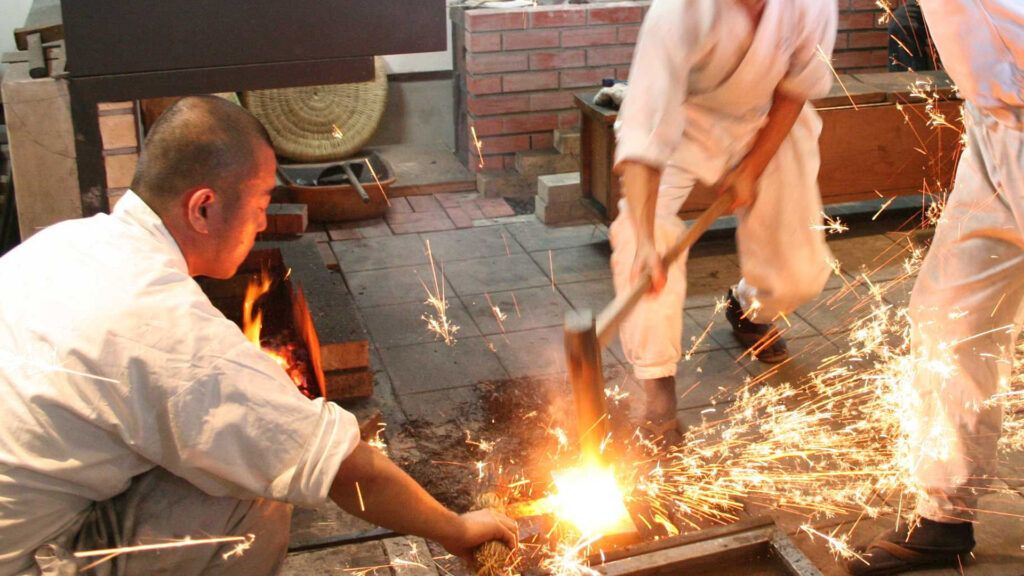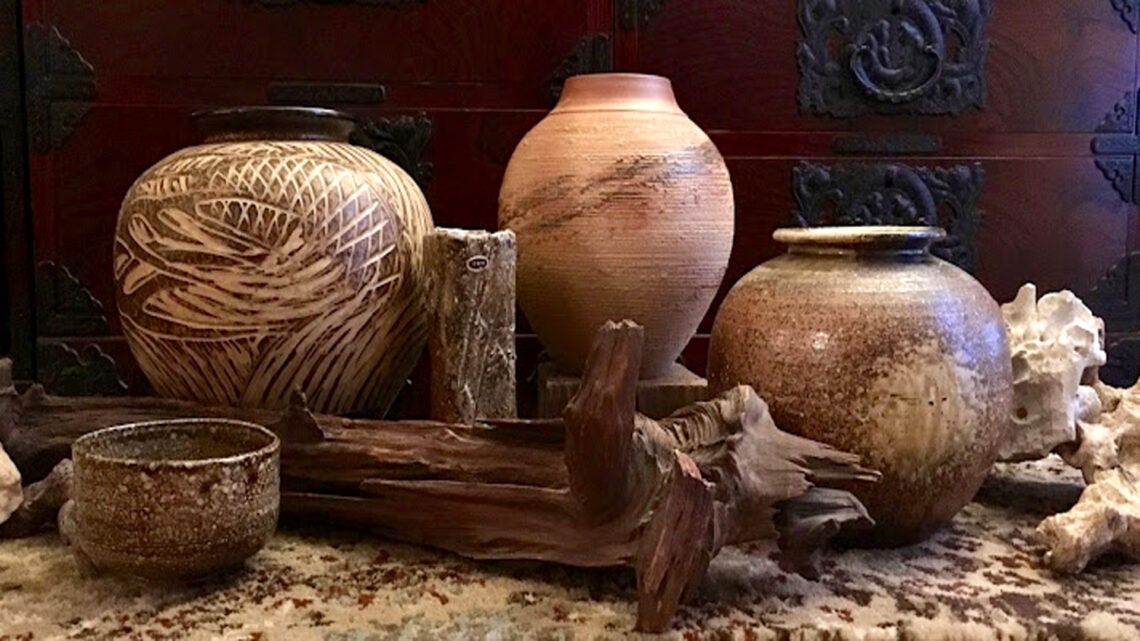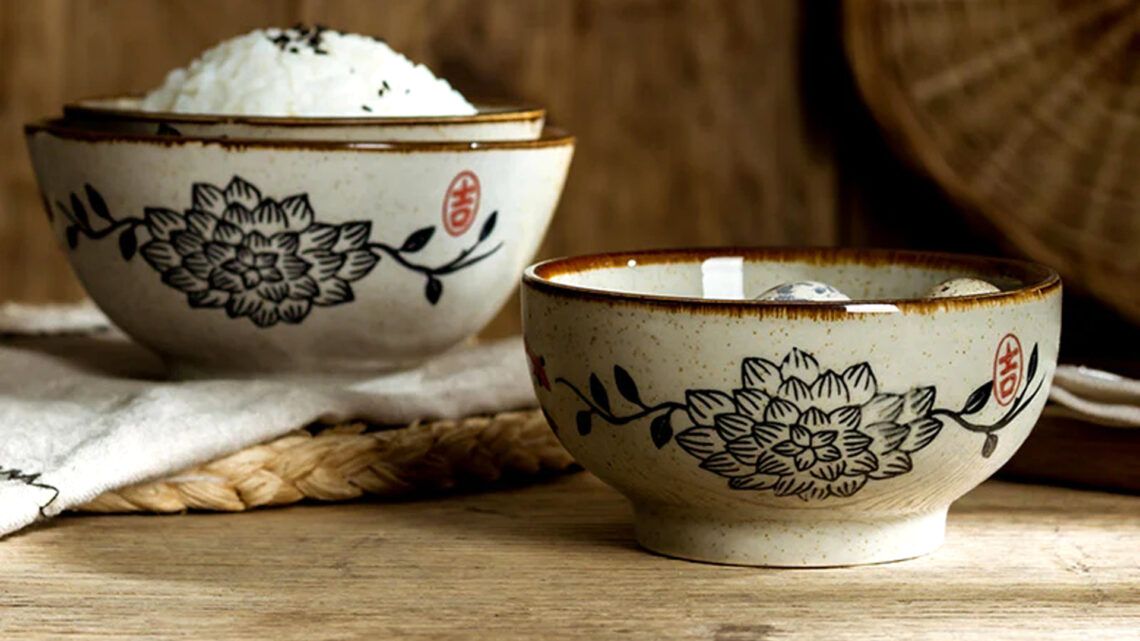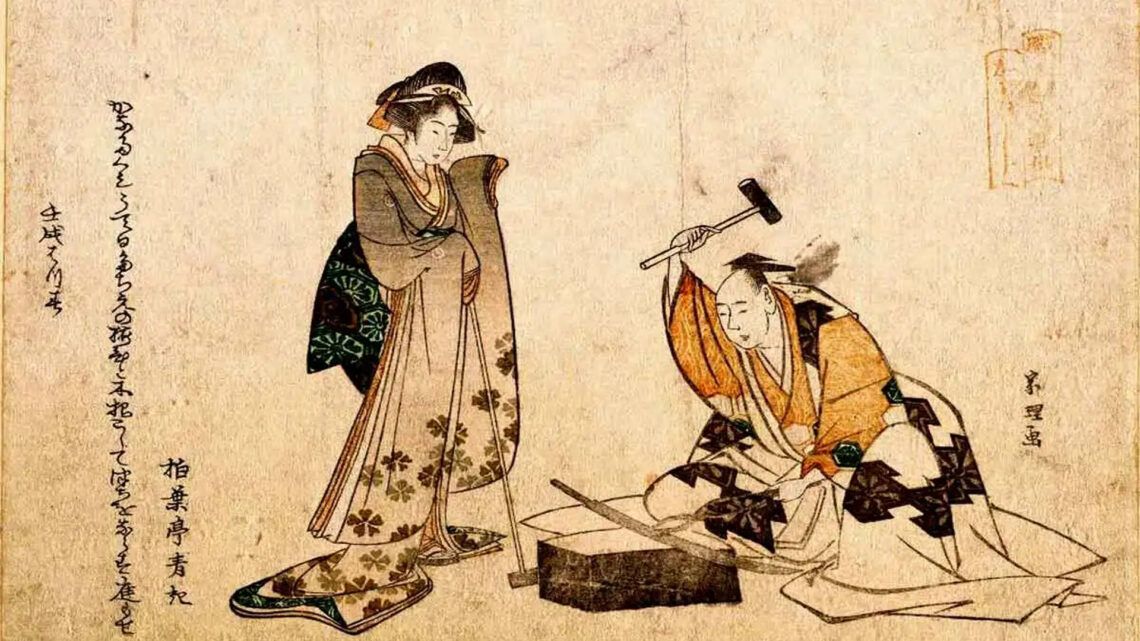
The swordsmith Masamune undoubtedly belongs among the most outstanding personalities in the history of Japanese swordsmanship. His life and work are characterized by a fascinating combination of craftsmanship, cultural influence, and mythological reverence. In this comprehensive text, we will delve into his life, techniques, legendary swords, and his influence on Japanese history.
1. The Life of Masamune
Masamune, whose full name is Goro Nyudo Masamune, was born in Japan in the 13th century. However, the exact dates of his life are subject to debate, and there is no consensus on when he was born and when he died. Some historians date his birth to the year 1264, while others believe he was born in 1288. Similarly unclear is his date of death, estimated to be either 1336 or 1343. This uncertainty contributes to the myth of Masamune and emphasizes the legendary status surrounding his persona.
The early years of Masamune’s life are also shrouded in mystery. It is believed that he was born in the city of Kamakura, in the Sagami Province. Kamakura was the political center of Japan at the time and an important location for the development of samurai culture. Masamune’s family likely belonged to the class of swordsmiths, who had a long tradition in Japan and enjoyed special reverence.
From a young age, Masamune demonstrated exceptional talent in the art of smithing. Under the guidance of his father or another experienced swordsmith, he learned the fundamental techniques of metalworking and began to develop his own craftsmanship. It is reported that he displayed a keen sense of aesthetics and perfectionism early on, traits that would later become characteristic of his work.
Over time, Masamune established himself as one of the leading swordsmiths of his time, gaining a reputation for crafting extraordinary swords of unparalleled quality. His works were appreciated by samurai and nobles alike, quickly attaining legendary status. Masamune’s swords were not only deadly weapons but also intricately designed masterpieces that embodied the essence of samurai culture.
2. The Techniques of Masamune

Masamune’s craftsmanship relied on a combination of traditional forging techniques and innovative methods he developed throughout his career. One of his outstanding techniques was the production of Damascus steel, an alloy of various metals that exhibited exceptional hardness and elasticity. Masamune mastered the art of steelmaking and was able to produce Damascus steel of unparalleled quality.
Another important element of his technique was the treatment of steel after forging to achieve the desired characteristics of the sword. Masamune experimented with various hardening methods and refined his technique over time to create swords that were both extremely sharp and resistant to breakage. His ability to find the balance between hardness and flexibility made his swords sought-after weapons for samurai and warriors.
Furthermore, Masamune was a master of the swordsmithing art, which required not only technical skill but also a deep understanding of the philosophical and spiritual aspects of samurai tradition. He understood the significance of each step in the forging process and strove to create each sword with the proper reverence and devotion. This spiritual dimension of his work elevated his swords to more than just tools of combat but symbols of samurai honor and virtue.
3. The Legendary Swords of Masamune

Masamune’s reputation as one of the greatest swordsmiths of all time is primarily based on his legendary swords, which are still considered some of the best of their kind today. His swords are distinguished by their extraordinary sharpness, elegant design, and masterful craftsmanship. Each sword that emerged from Masamune’s workshop was a unique piece reflecting the personality and craftsmanship of its creator.
Some of the most famous swords created by Masamune are deeply rooted in Japanese history and culture and are revered as national treasures to this day. Among them is the sword “Higekiri” (translated as “Beard Cutter”), renowned for its incredible sharpness and precision. It is said that this sword was capable of effortlessly splitting an opponent’s helmet in two, underscoring its legendary power and cutting ability.
Another well-known sword from Masamune’s workshop is the “Honjo Masamune,” considered one of the most beautiful swords in the world. This sword was owned by several famous samurai and played a significant role in Japanese history. Over the centuries, it has been refurbished and restored multiple times, but its unique beauty and craftsmanship have endured the test of time, making it one of the most coveted swords among collectors and historians.
4. The Influence of Masamune on Japanese History

Masamune’s influence on Japanese history extends far beyond his time as an active swordsmith. His swords not only shaped samurai culture but also influenced Japan’s political and social fabric. Through his masterful craftsmanship and pursuit of perfection, Masamune set new standards for swordsmithing and established himself as an icon of Japanese aesthetics.
In the world of samurai, Masamune’s swords were synonymous with strength, honor, and tradition. Samurai who wielded a sword by Masamune were treated with respect and admiration, and legends of the superiority of his swords spread throughout Japanese society. Masamune’s works became symbols of samurai virtues, embodying the ideals of bravery, loyalty, and self-discipline.
Furthermore, Masamune played a significant role in the development of Japanese swordsmanship as an art form. His innovative techniques and pursuit of artistic excellence inspired generations of swordsmiths and artists, shaping the aesthetic standards of Japanese art. His influence extended far beyond the confines of his workshop, impacting the entire Japanese art scene.
Masamune also left his mark on Japanese politics and history. His swords were not only wielded by samurai but also by daimyo and shoguns, symbolizing their power and authority through the possession of Masamune’s works. The legends surrounding Masamune and his swords served as a source of inspiration for numerous historical narratives and dramas, romanticizing the image of the brave samurai and his legendary sword.
5. The Legacy of Masamune
Although Masamune passed away centuries ago, his legacy lives on in Japanese culture and art to this day. His swords are still revered as national treasures and are the subject of intense research and admiration. Collectors and museums around the world strive to own or exhibit an original sword by Masamune, and his works command top prices on the art market.
Furthermore, Masamune’s influence has shaped the development of modern swordsmanship in Japan and around the world. His techniques and philosophies are still studied and applied by swordsmiths and artists, and his swords serve as a source of inspiration for contemporary artworks and designs. Masamune thus stands at the center of a cultural heritage that has endured for centuries, continuing to fascinate and inspire people around the world.
In conclusion, Masamune was not only one of the greatest swordsmiths of all time but also a key figure in the history of Japan and its culture. His life and work are characterized by a fascinating blend of craftsmanship, philosophical depth, and mythological significance, shaping the image of the samurai and his sword for eternity. Masamune will therefore be remembered not only as a master of his craft but also as a symbol of the timeless beauty and power of Japanese art and culture.



